hansmoust
Enlightened Member
Hello everybody,
Here's a bit of entertainment that's somewhat educational as well:
Some of you might remember the thread about laminated backs last October.
Here's the link:
http://www.letstalkguild.com/phpBB2/viewtopic.php?f=5&t=9850
Part of it was about an F-50R that at that time was owned by Capquest, who claimed that it had a solid rosewood back. He also mentioned the grain on the inside being the same as on the outside and therefore it had to be solid wood.
Well, the grain on the outside and the inside looks very similar but they are veneers.
The veneers that are used on these guitars were made for the furniture industry. It is a veneer cutting process that does not produce any waste.
By slicing thin layers of wood from a quartersawn surface, they would get a lot of pieces with similar looking grain.
So for a back like on that F-50R they would need 4 pieces; 2 for the outside, which would be bookmatched and the next 2 for the inside, which would automatically be bookmatched as well.
To show you that they could really do a lot of veneers with almost identical looking grain I've put together this little photo demonstration.
Photo 1: This is the back of that particular F-50R, which is now owned by Chazmo.
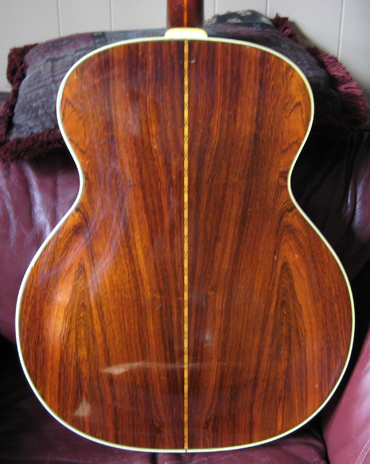
Photo 2: Here's a cut-out from that same back.
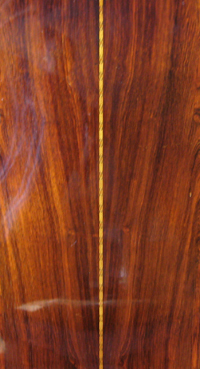
Photo 3: Now I turn it around 180 degrees and you will get this:
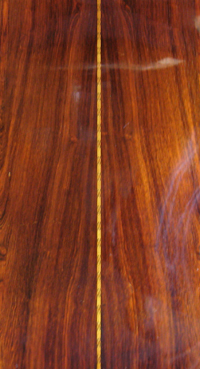
Now, do you remember the Guild F-412 Special in my book?
Photo 4: Here it is.
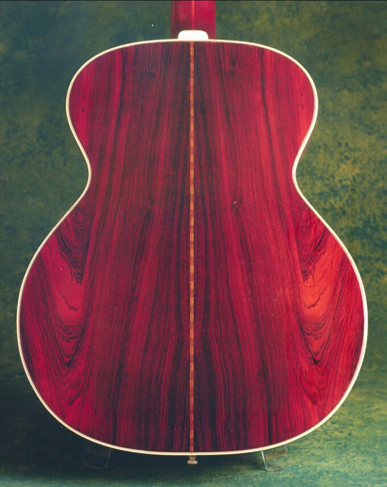
Now watch what happens when we paste Photo 3 onto Photo 4.
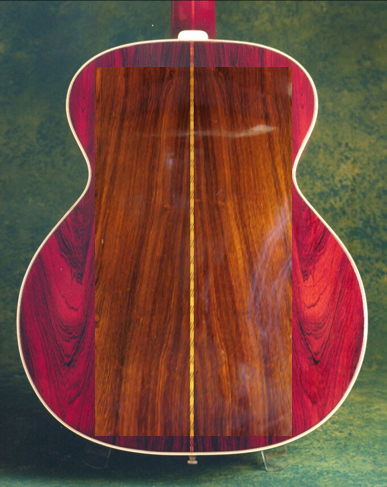
Isn't that cool!
Hope you all enjoyed the show!
Sincerely,
Hans Moust
http://www.guitarsgalore.nl
Here's a bit of entertainment that's somewhat educational as well:
Some of you might remember the thread about laminated backs last October.
Here's the link:
http://www.letstalkguild.com/phpBB2/viewtopic.php?f=5&t=9850
Part of it was about an F-50R that at that time was owned by Capquest, who claimed that it had a solid rosewood back. He also mentioned the grain on the inside being the same as on the outside and therefore it had to be solid wood.
Well, the grain on the outside and the inside looks very similar but they are veneers.
The veneers that are used on these guitars were made for the furniture industry. It is a veneer cutting process that does not produce any waste.
By slicing thin layers of wood from a quartersawn surface, they would get a lot of pieces with similar looking grain.
So for a back like on that F-50R they would need 4 pieces; 2 for the outside, which would be bookmatched and the next 2 for the inside, which would automatically be bookmatched as well.
To show you that they could really do a lot of veneers with almost identical looking grain I've put together this little photo demonstration.
Photo 1: This is the back of that particular F-50R, which is now owned by Chazmo.

Photo 2: Here's a cut-out from that same back.

Photo 3: Now I turn it around 180 degrees and you will get this:

Now, do you remember the Guild F-412 Special in my book?
Photo 4: Here it is.

Now watch what happens when we paste Photo 3 onto Photo 4.

Isn't that cool!
Hope you all enjoyed the show!
Sincerely,
Hans Moust
http://www.guitarsgalore.nl
